Tags: Dinosaurs
Bringing Back Dinosaurs Using Amber-Encased DNA Could Also Bring Back Diseases, Scientist Warns
Scientists Just Discovered the Sisters of the Fleas
Study Reveals the Answer to the Humble Beginnings of Pterosaurs
Serrated Teeth: Study Reveals Connection Between Dinosaurs and Early Mammals
Scientists Find a Flamboyant, Chicken-Sized Dinosaur
Duckbill Dinosaur Discovery Offers Insights on How Dinosaurs Crossed The Ocean
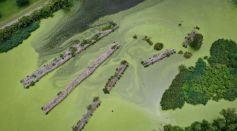
Algae Learned To Eat Other Organisms, Surviving the Event That Killed the Dinosaurs
An Ancient Predator Used Its Small Tail to Float Motionless in the Water
Experts Found These Tiny Yet Clumsy Bat-Winged Dinosaurs
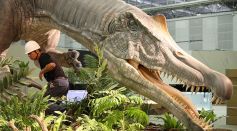
Newly Discovered Fossils Support Theory Claiming Spinosaurus Led Aquatic Life
Christie's to Put Rare Complete T. Rex Skeleton on Auction, Set to Fetch Record-Setting Bids
Fossil Evidence Says Shovel Lizards 'Hibernate' Like Modern Animals
Which Dinosaur Bone Helps Support Their Weight?

Scientists Unveil the Complex and 'Highly Unusual' Genetics of Tuataras
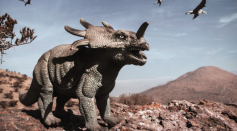
A Herd of Horned Dinosaurs Were Struck With Bone Cancer
Meet the Sinosaurus: Chinese Rockclimbers Discover 'Chicken Paw Prints'
Martina the Ichthyosaur: The 246 Million-Year-Old Pregnant Fossil from Reno was Excavated by Paleontologists and a Craft Brewer
Researchers Prove That the Sahara was Once 'The Most Dangerous Place in the History of Planet Earth'
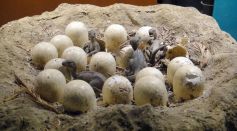
New Study Suggests That Dinosaurs Were Warm-Blooded
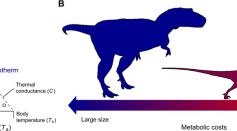
Miniaturization in Theropod Dinosaurs Paved the Way for Endothermy in Birds
Most Popular

Why Stars Twinkle: Flickering Explained by Atmospheric Turbulence and Light Distortion

The Role of Materials Science in Engineering: How Modern Engineering Materials Drive Innovation

Tornadoes vs. Waterspouts vs. Dust Devils: Key Differences and Vortex Types Explained

Climate Adaptation Strategies Explained: How Societies Respond to Climate Change




